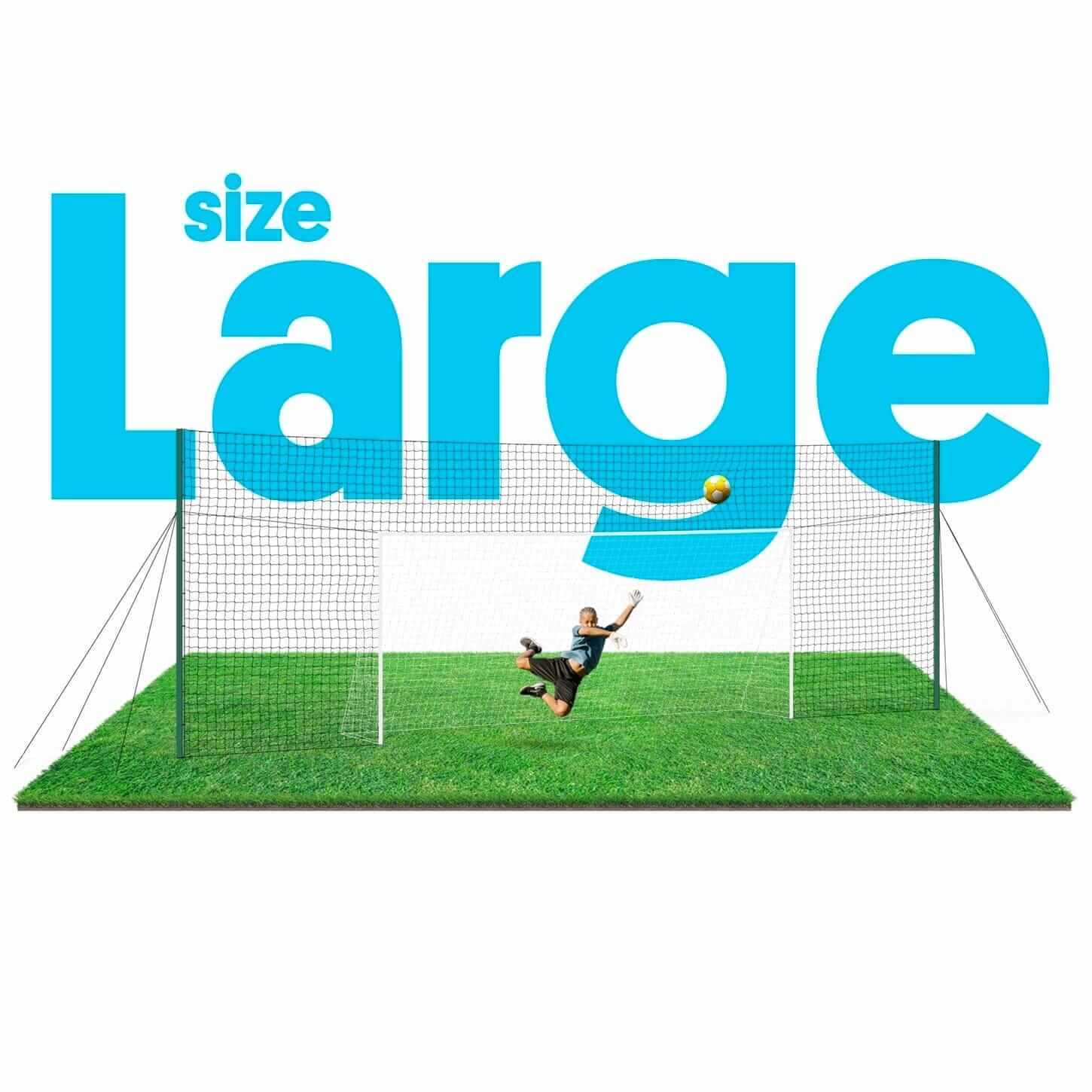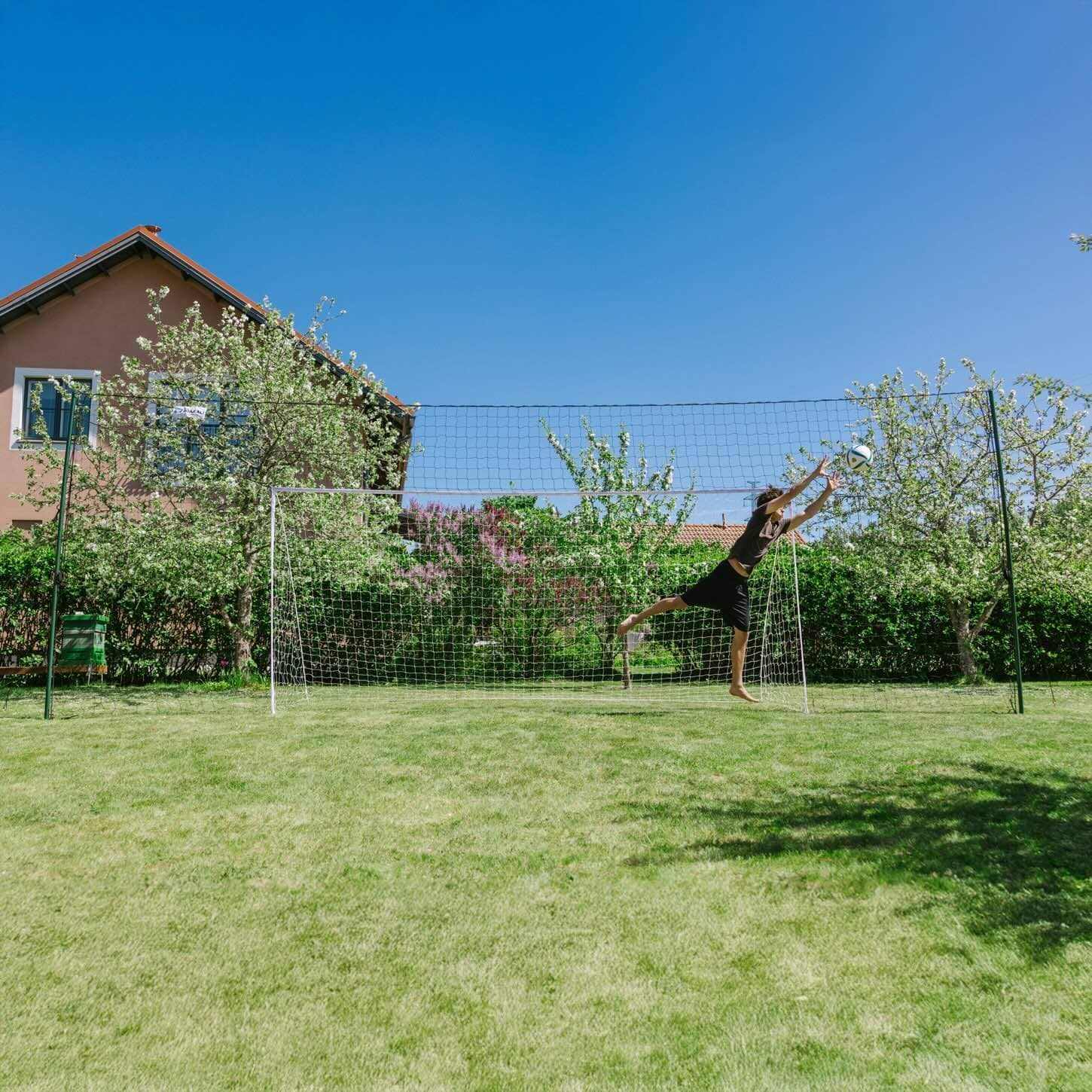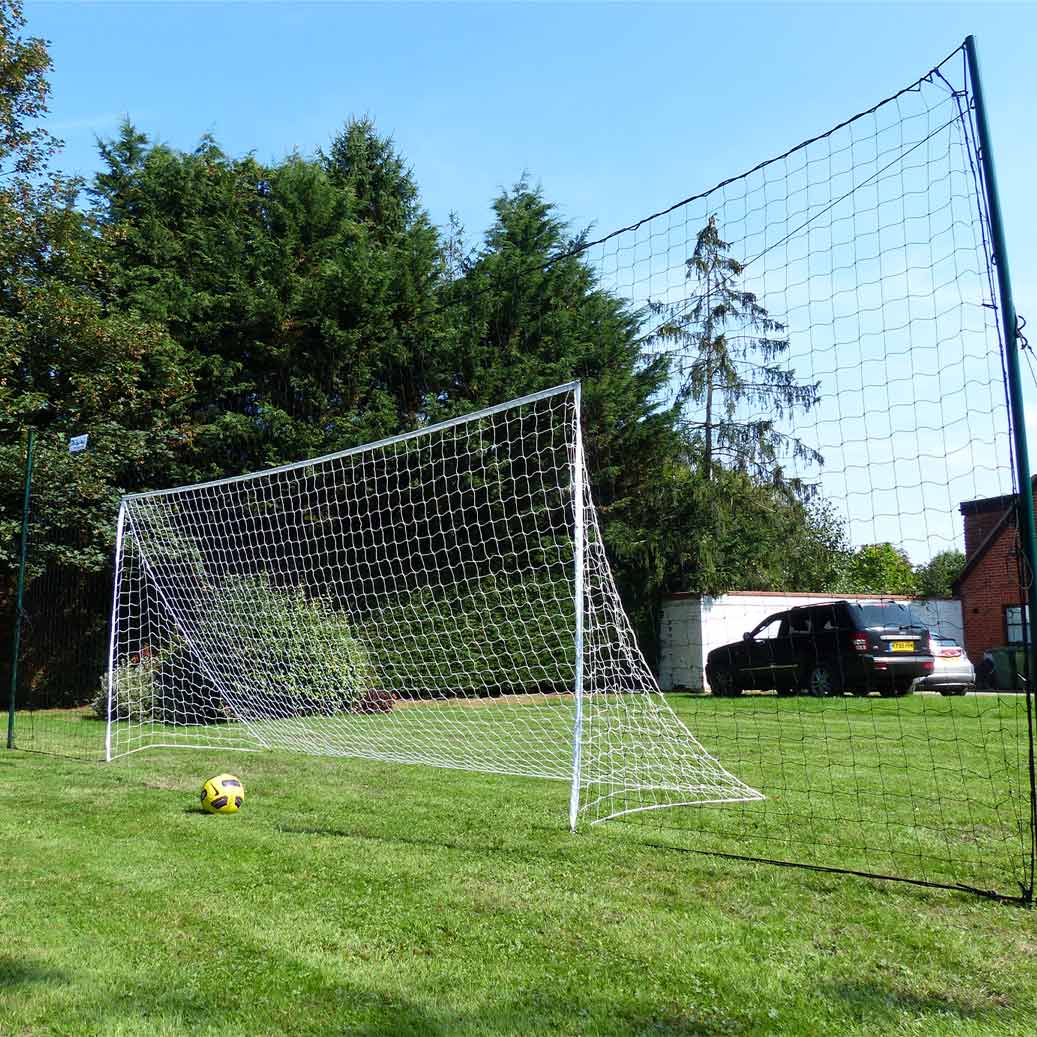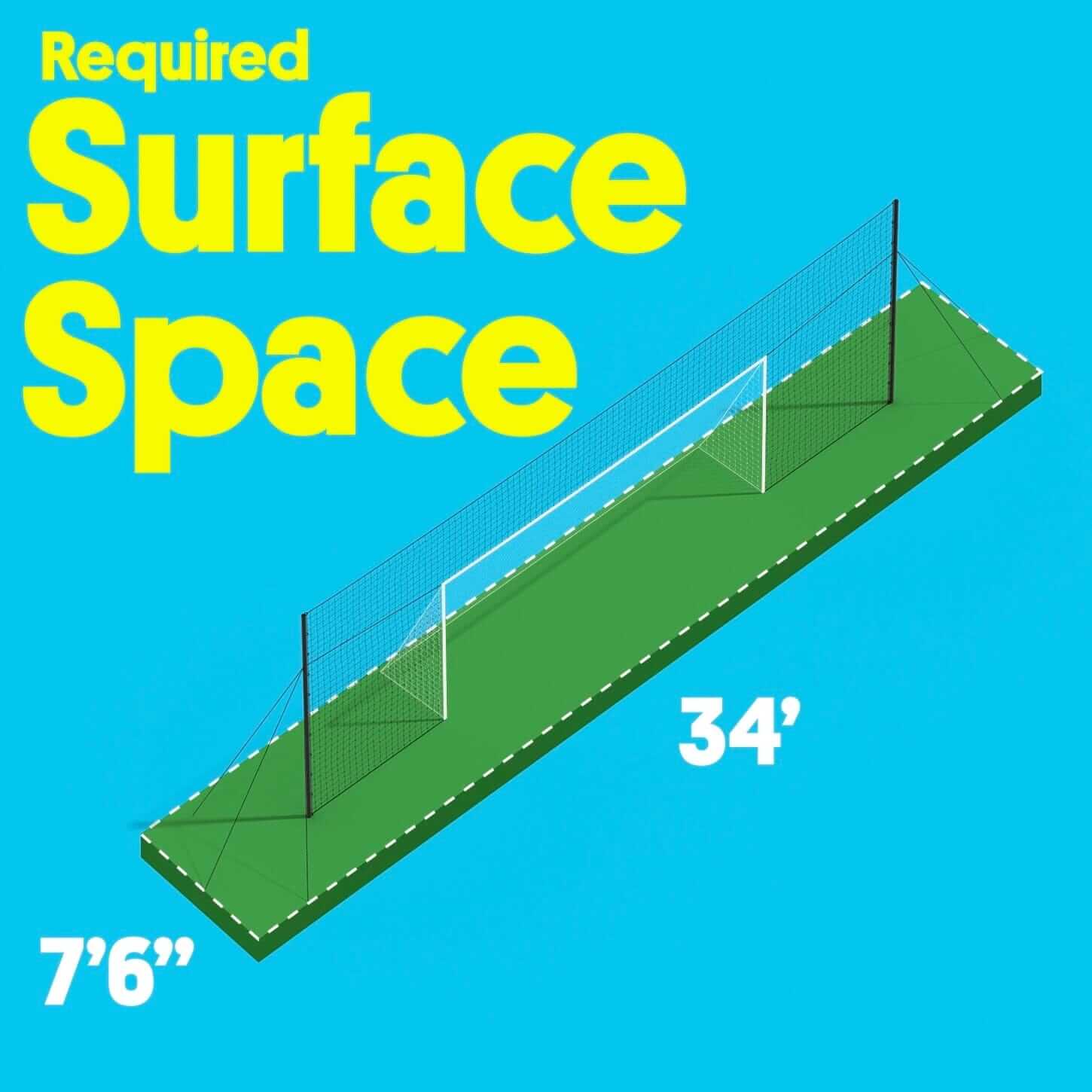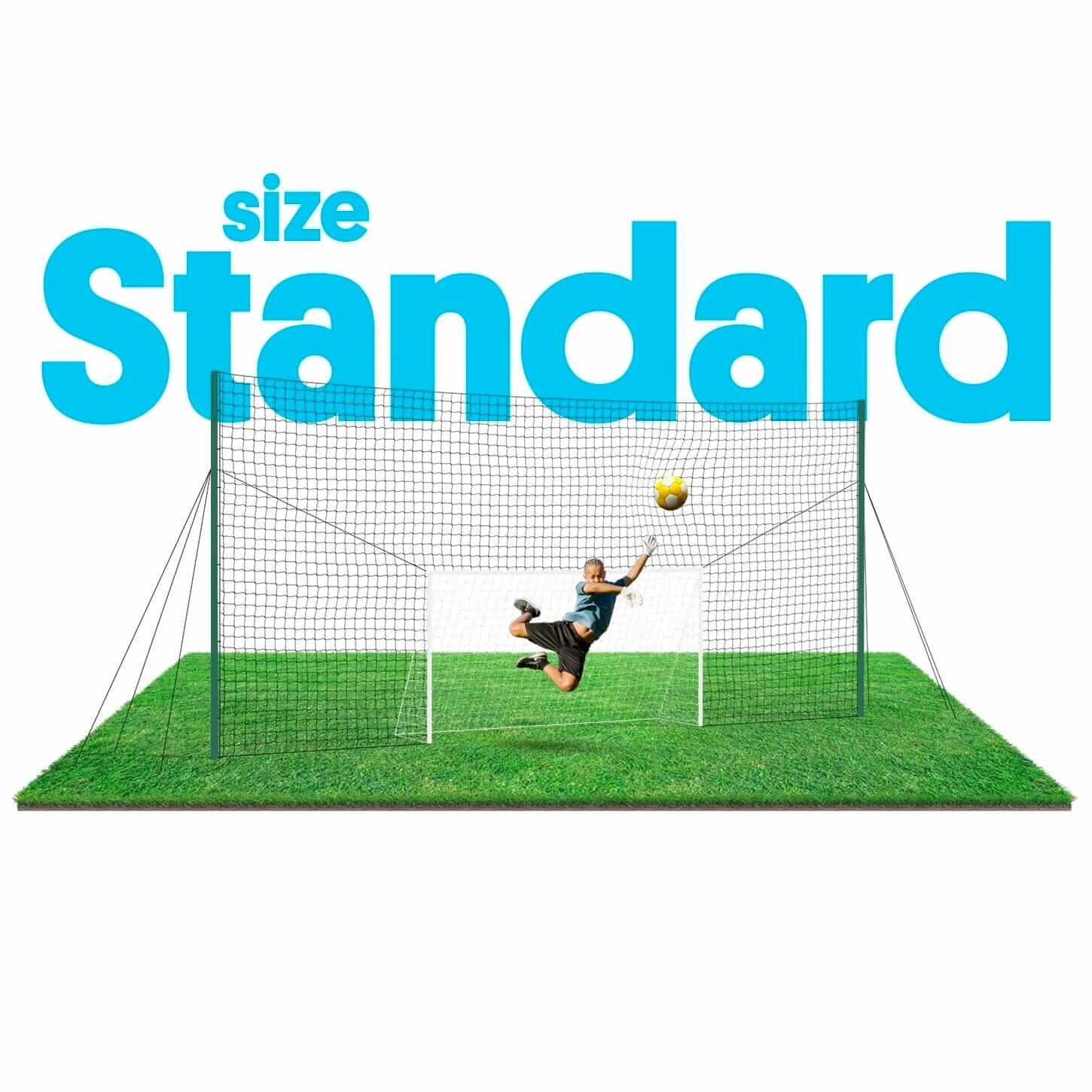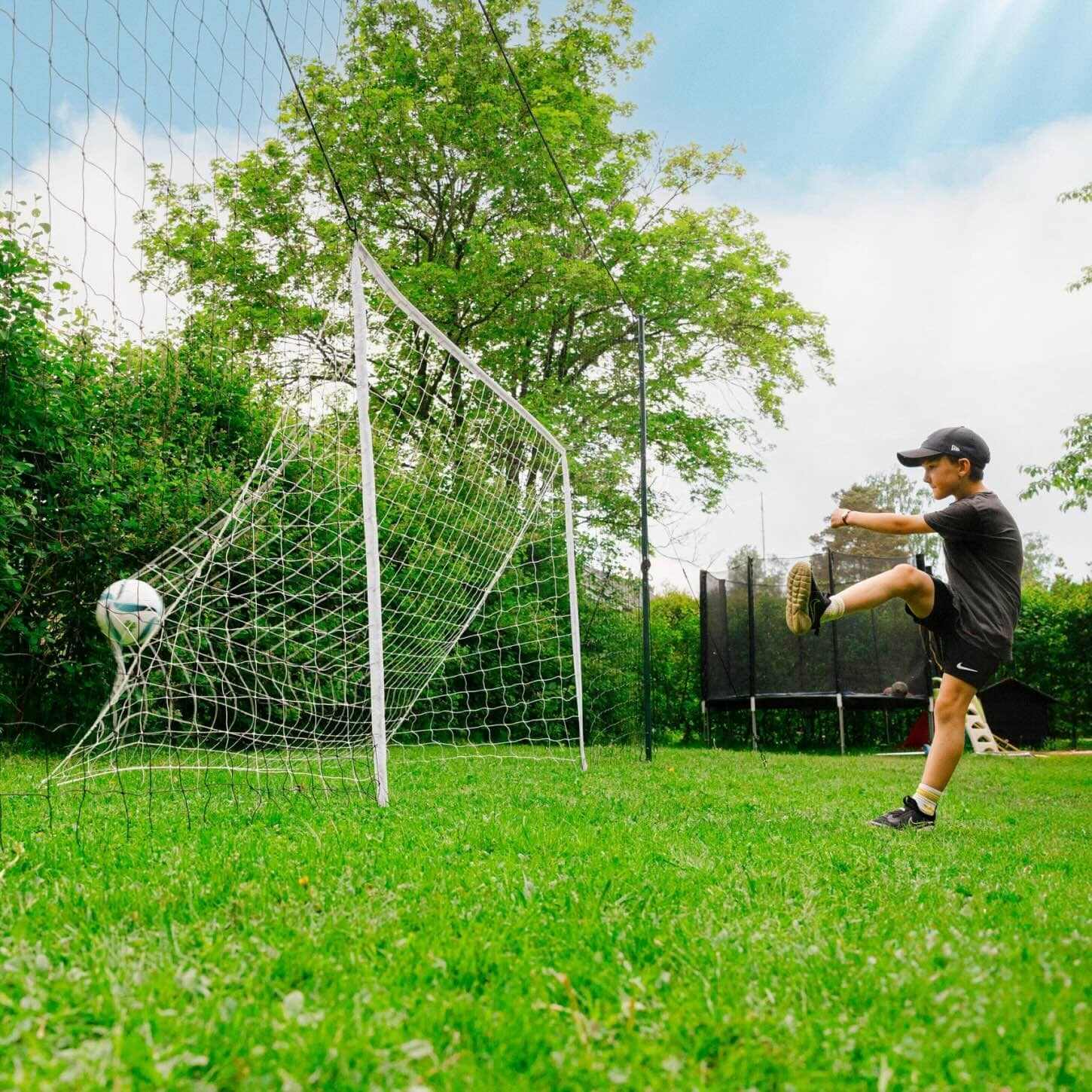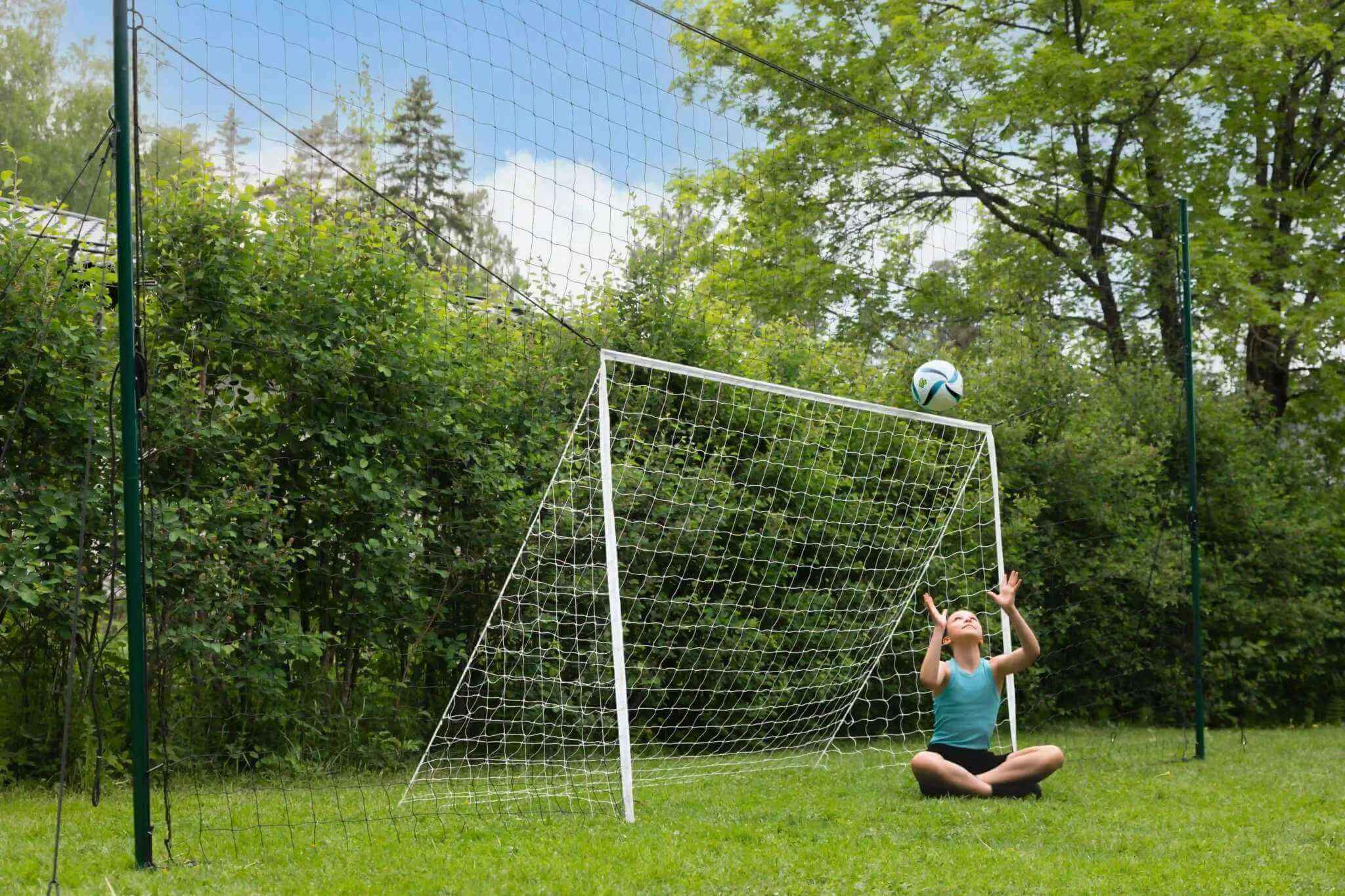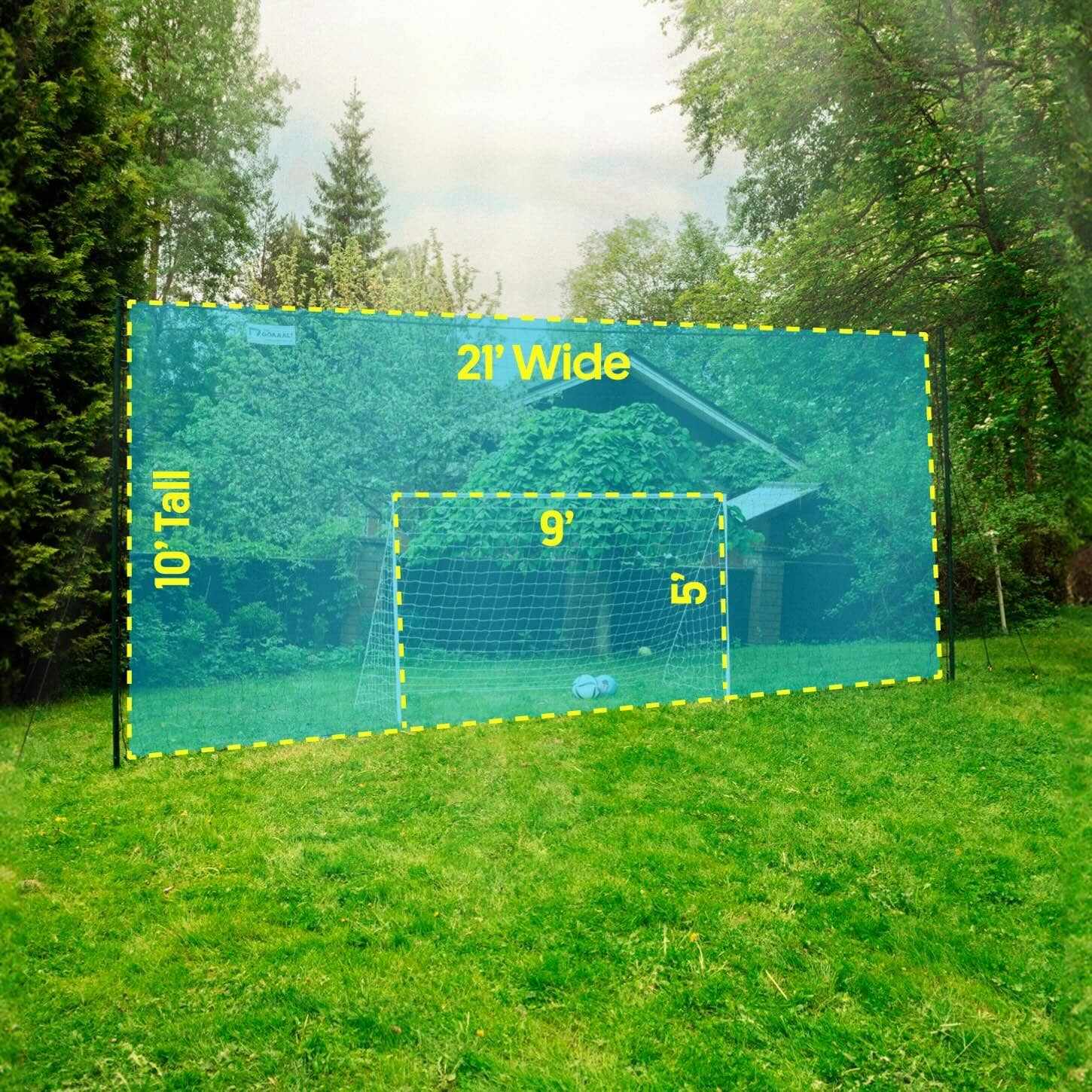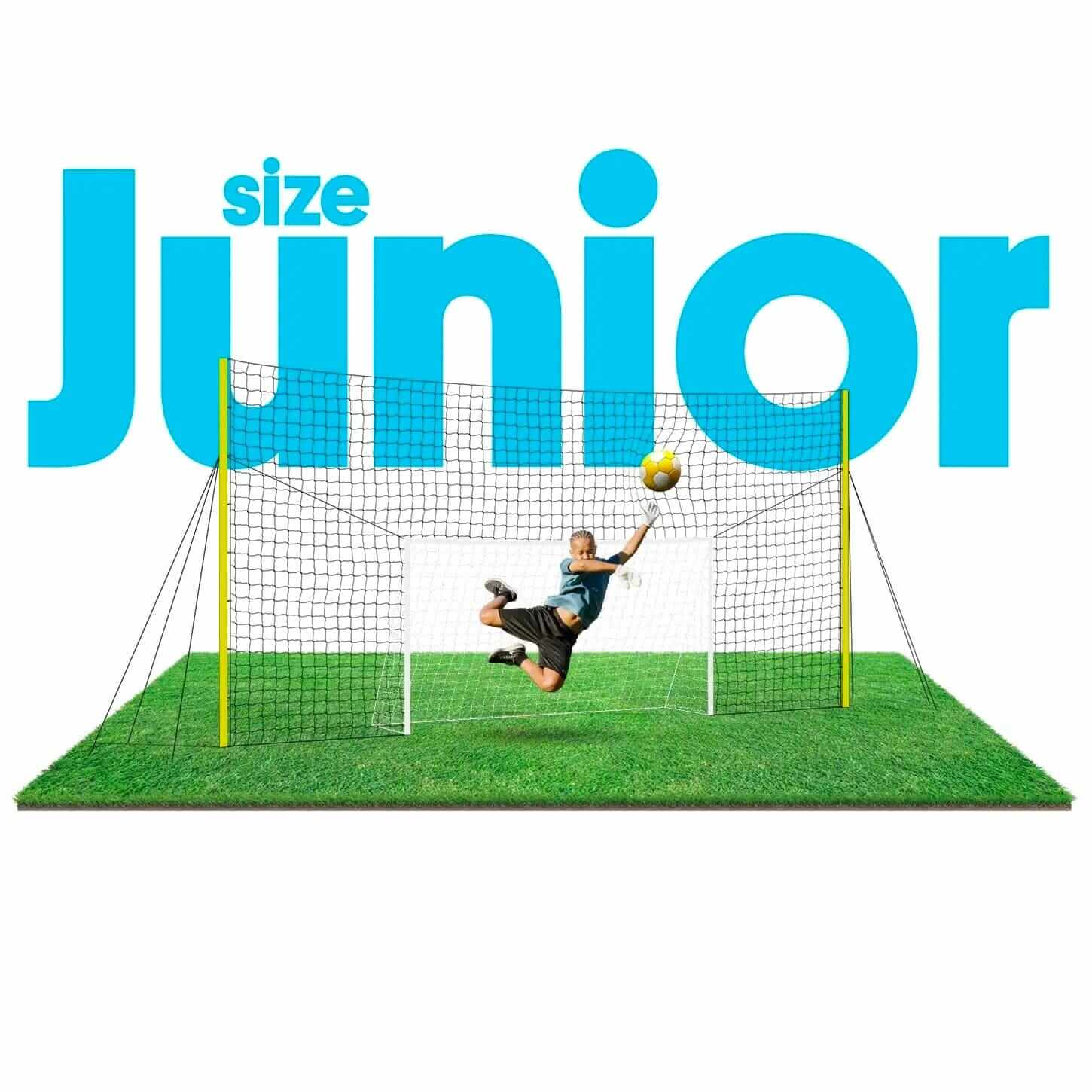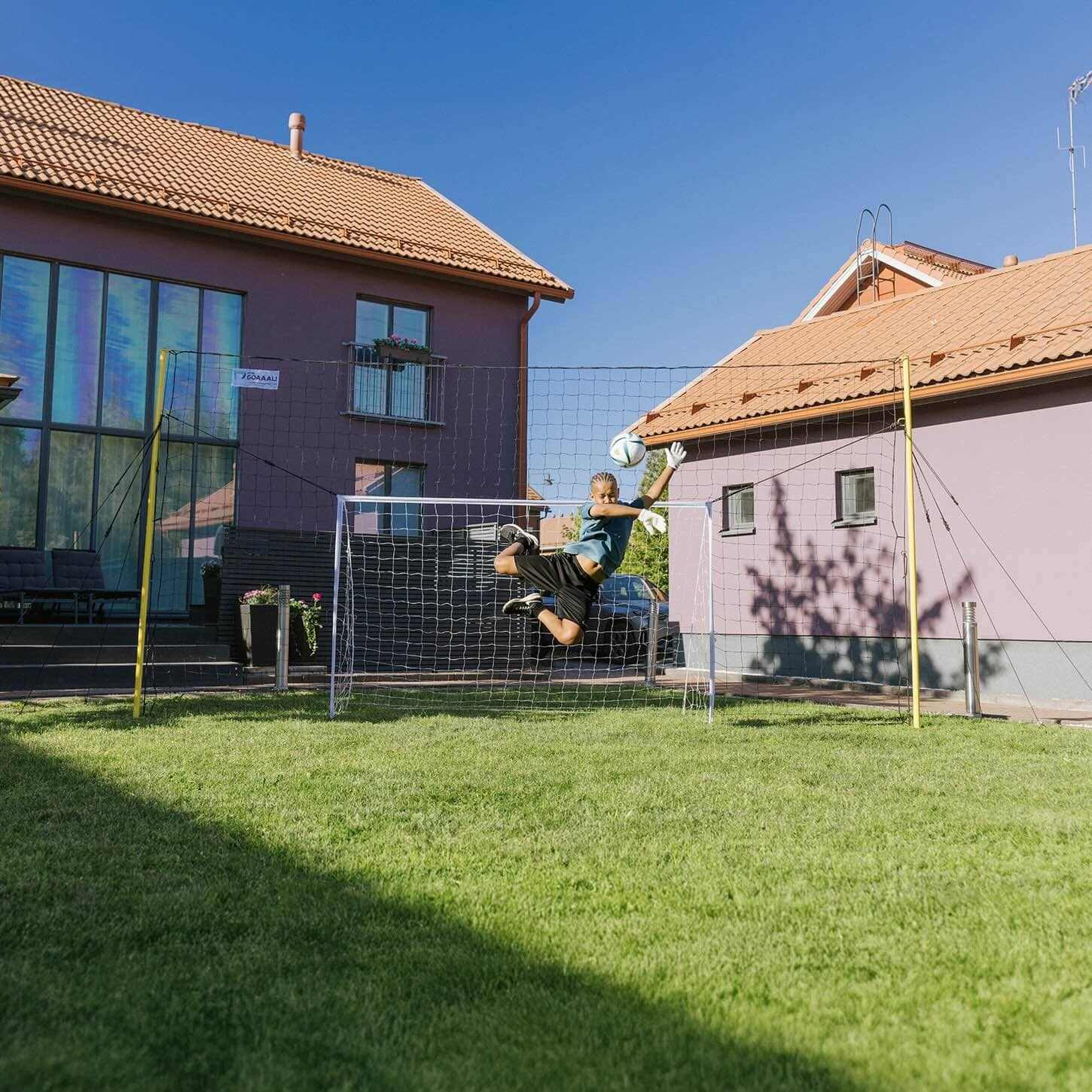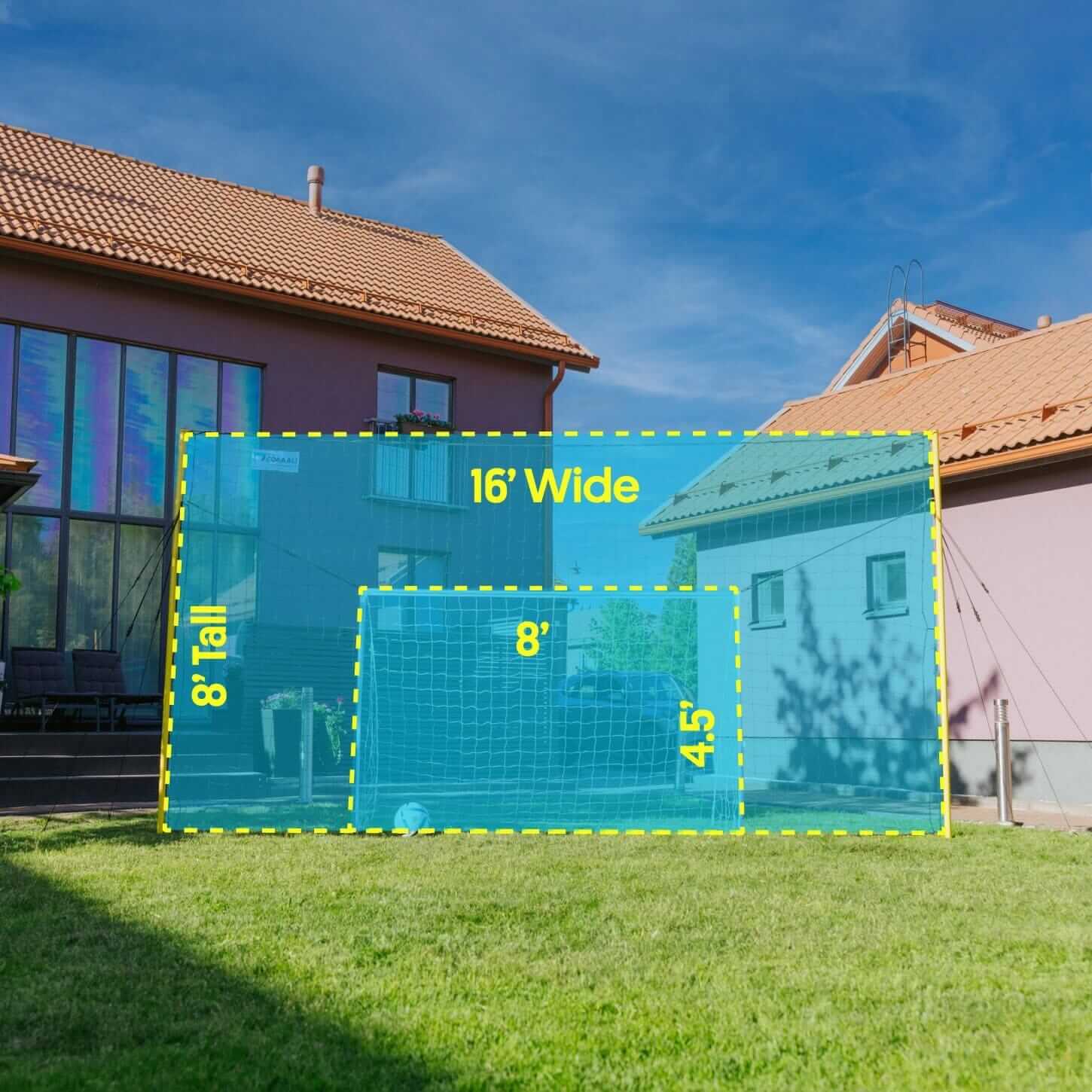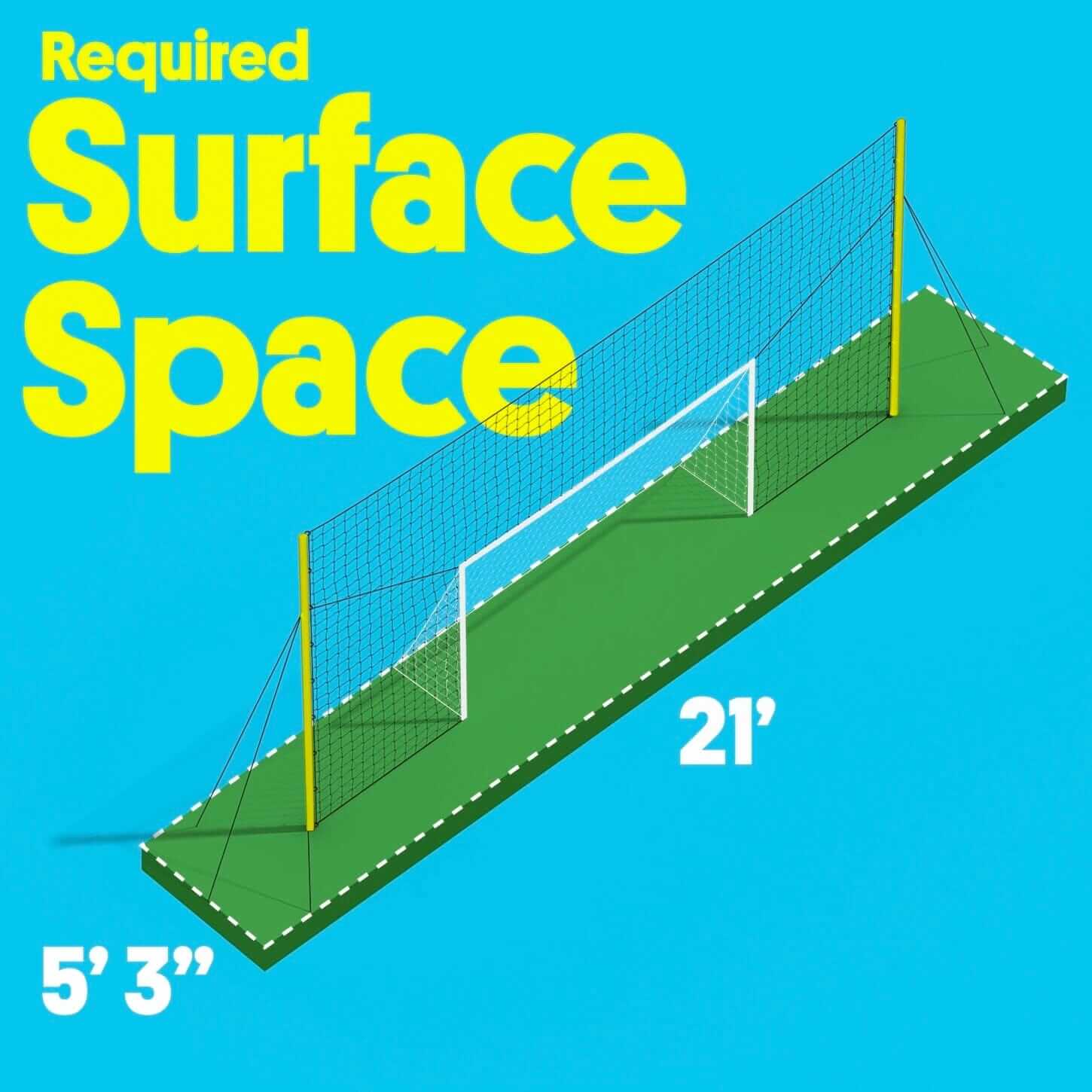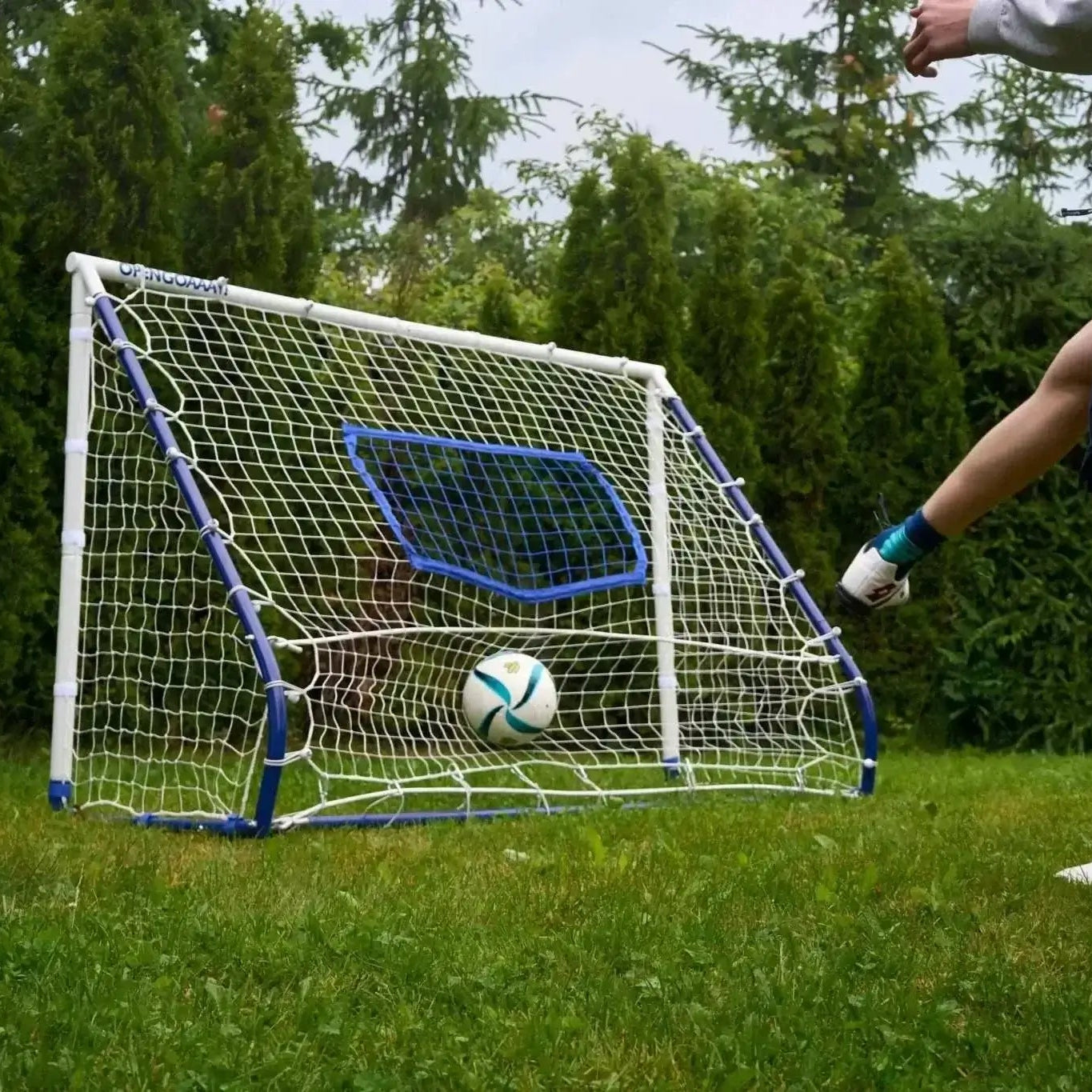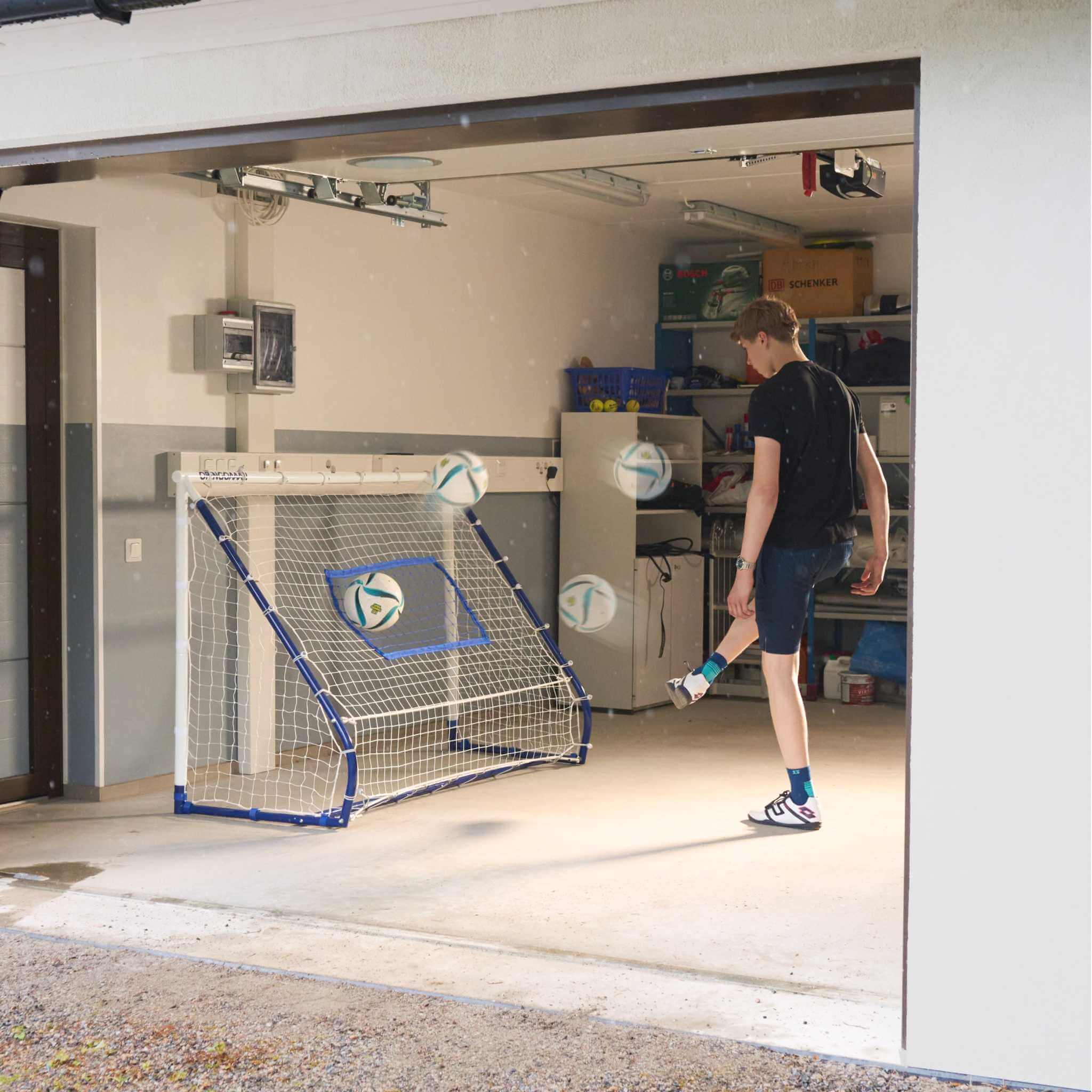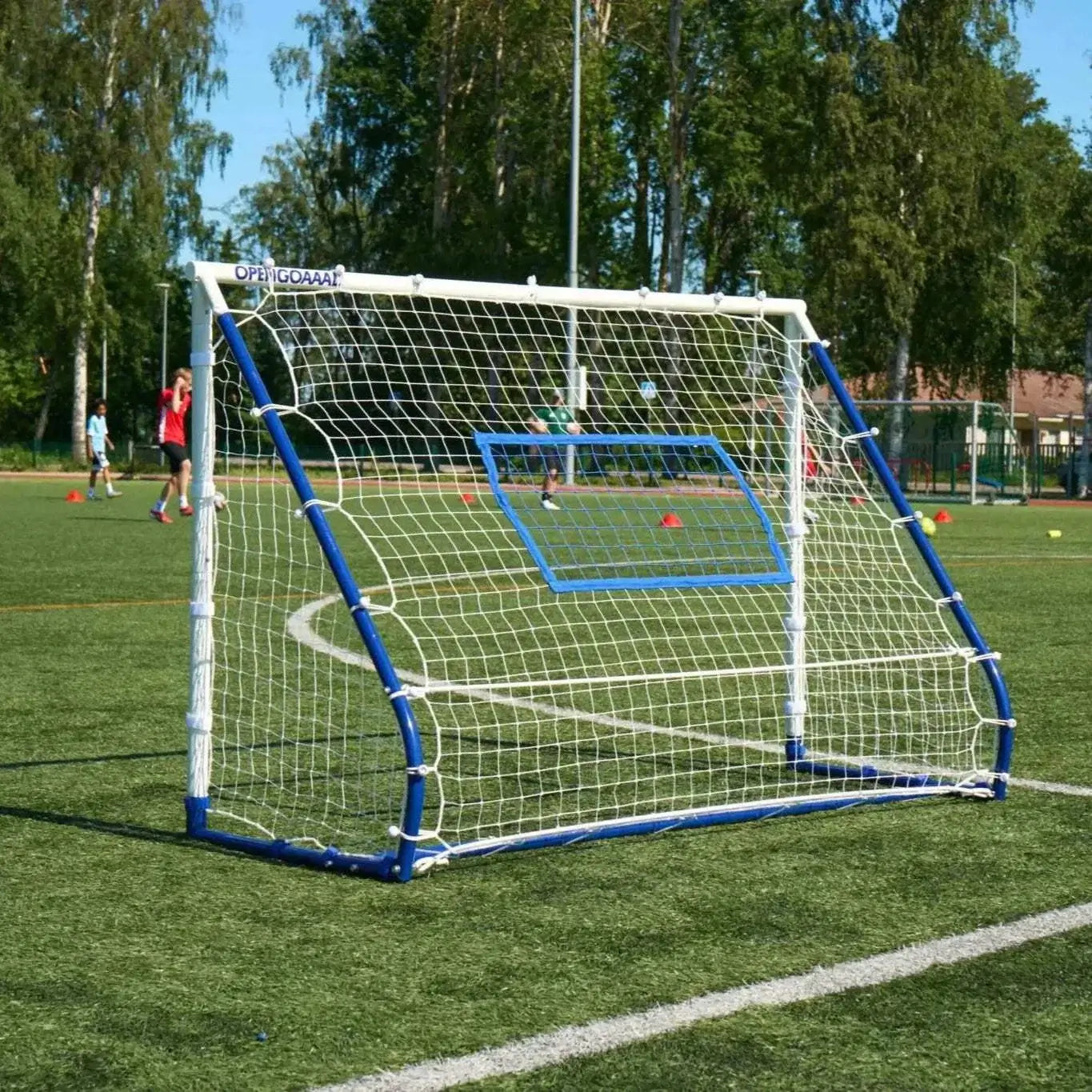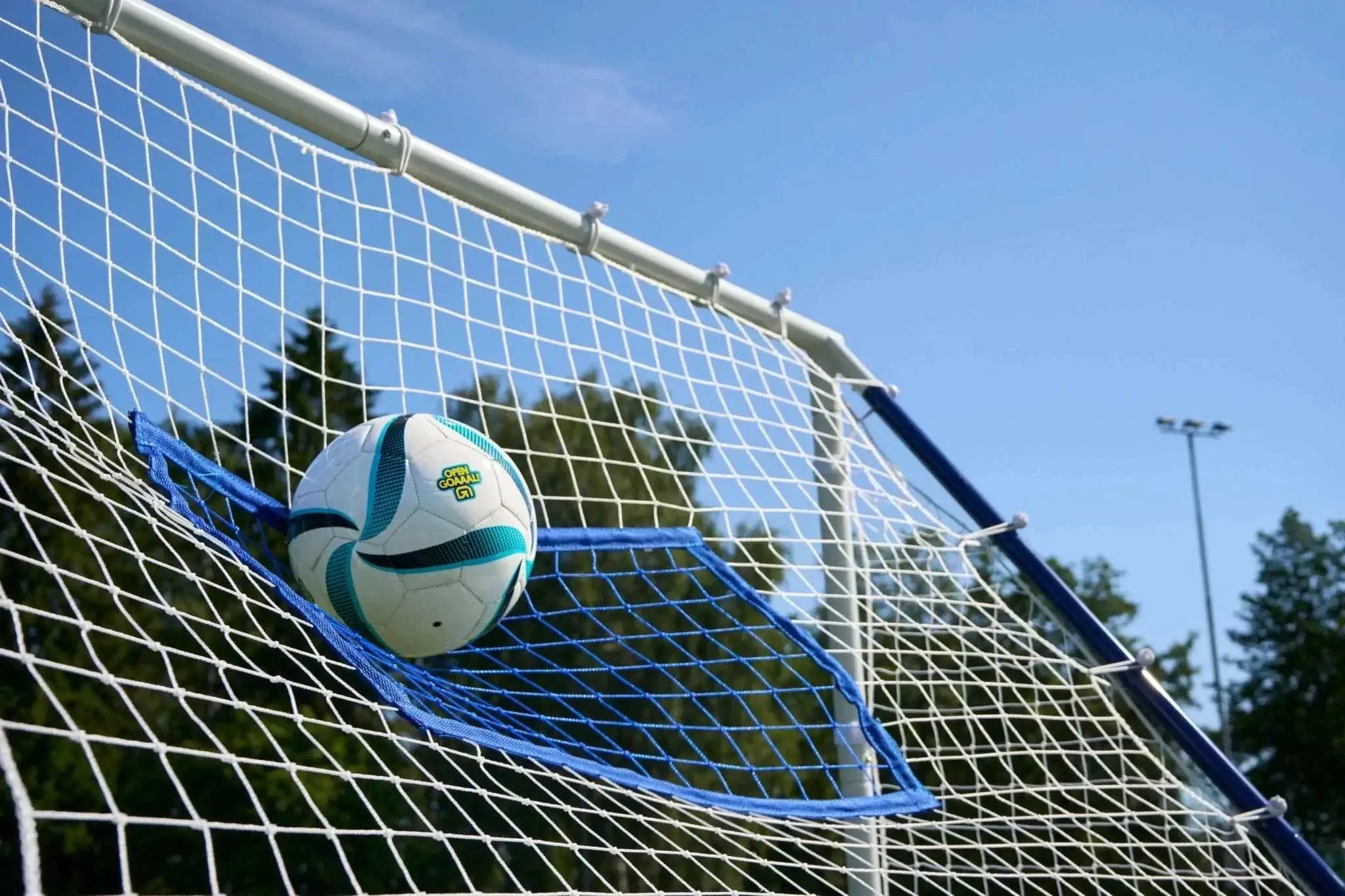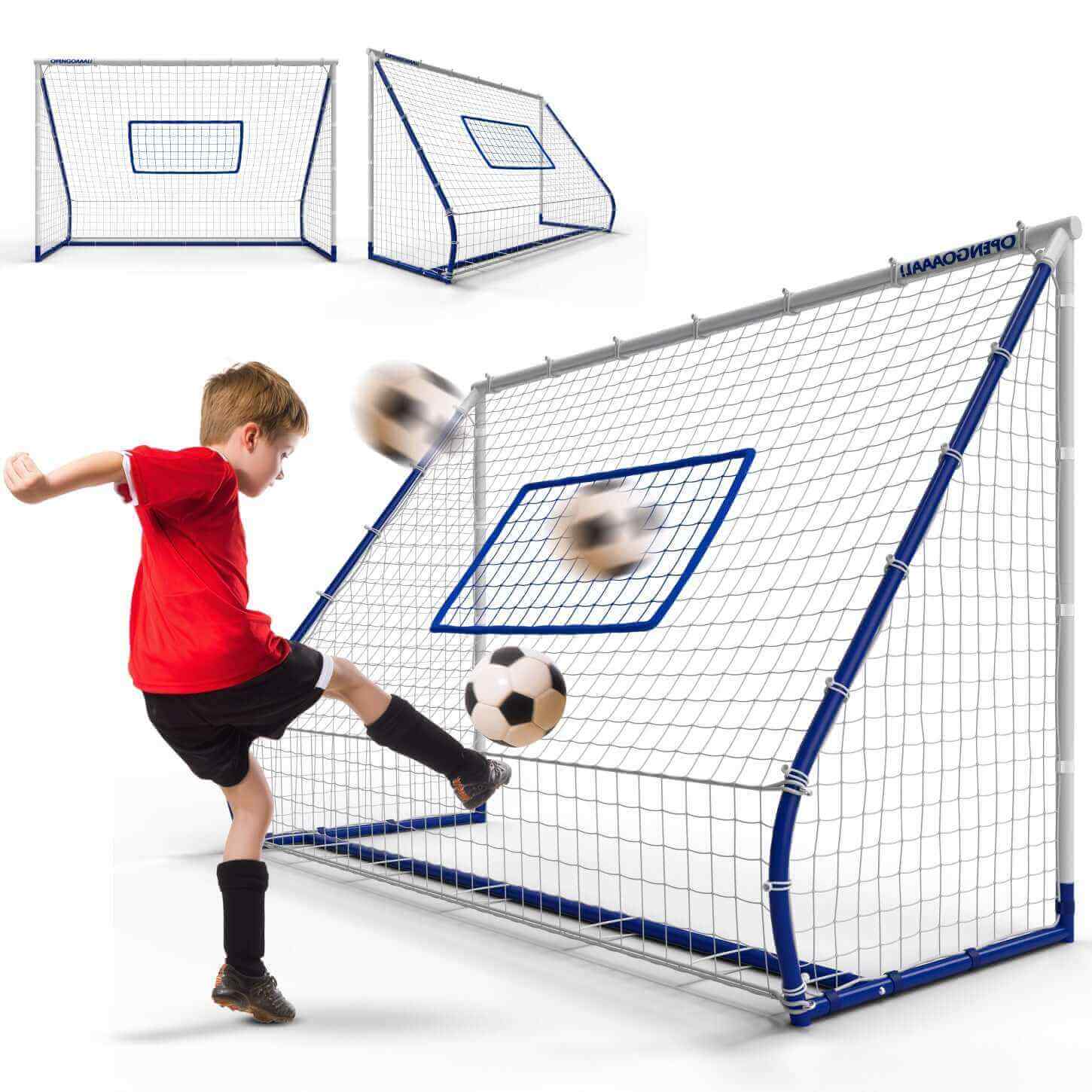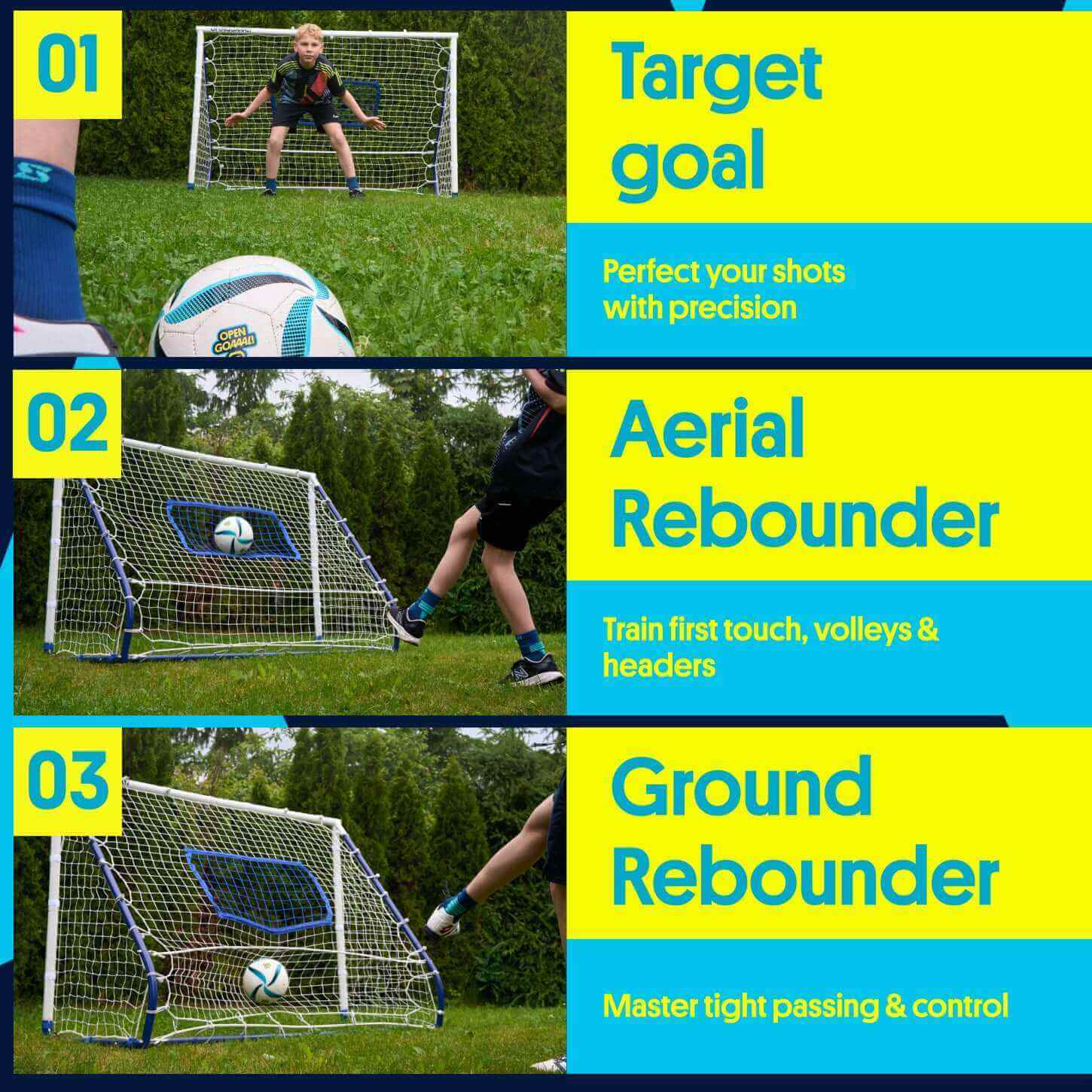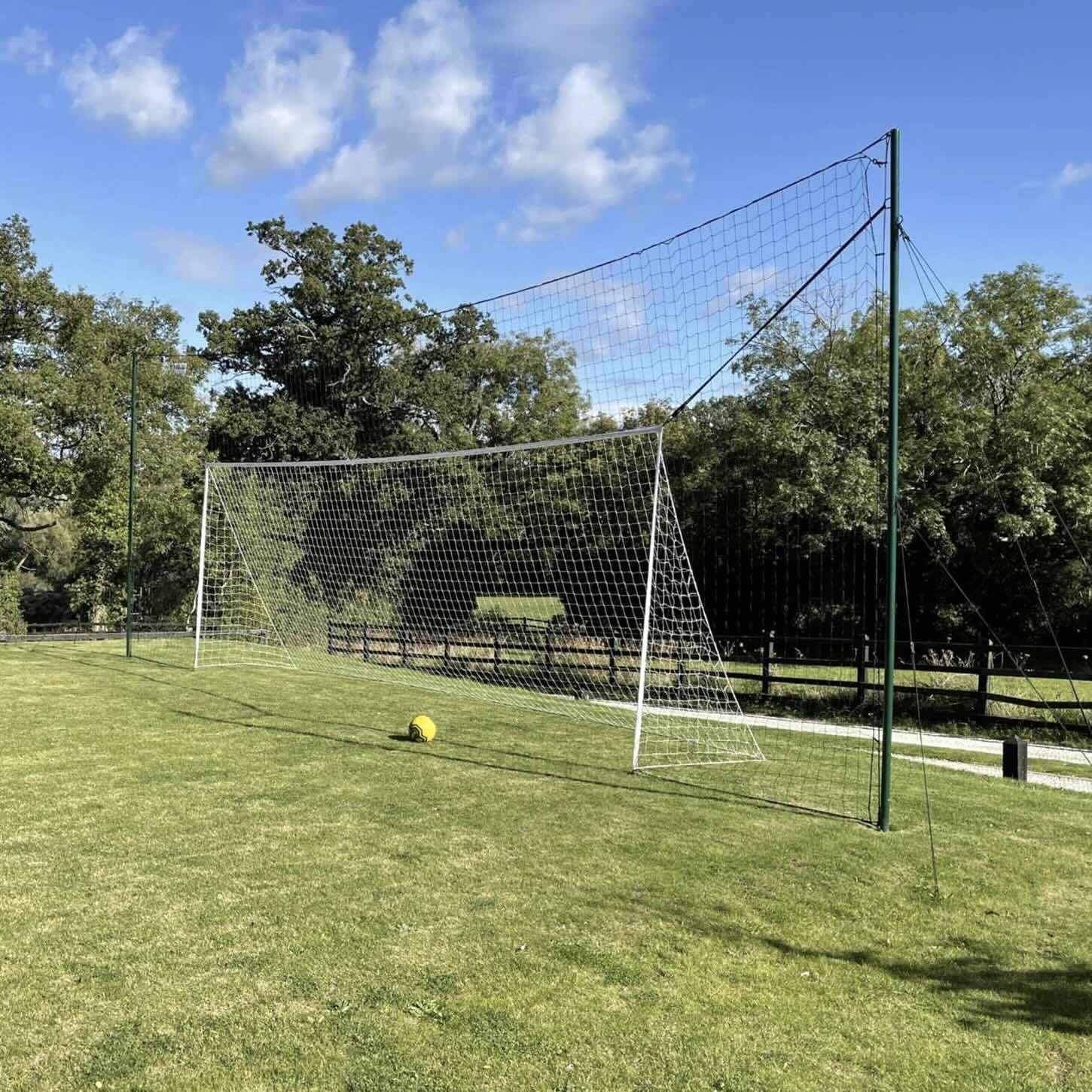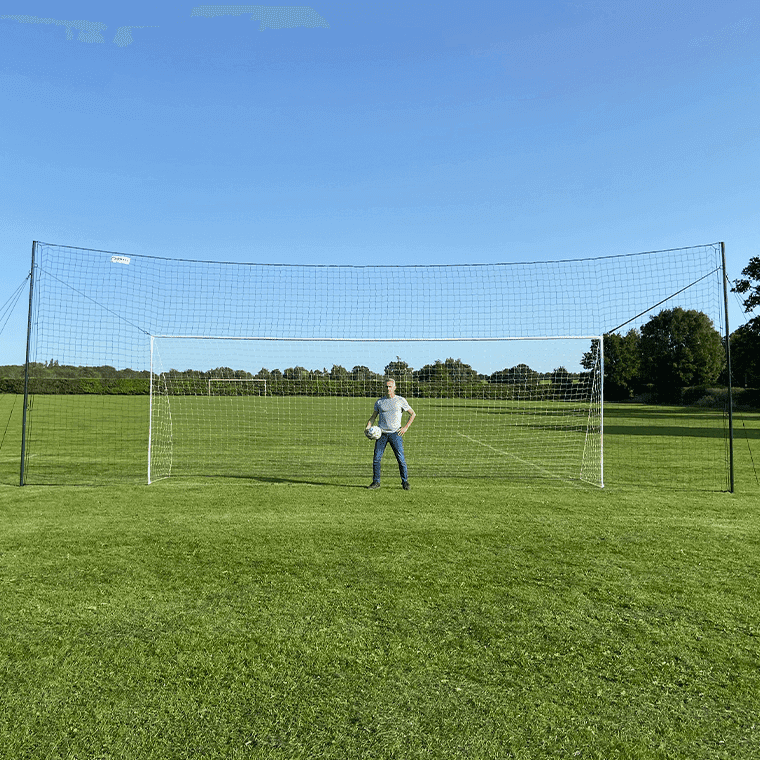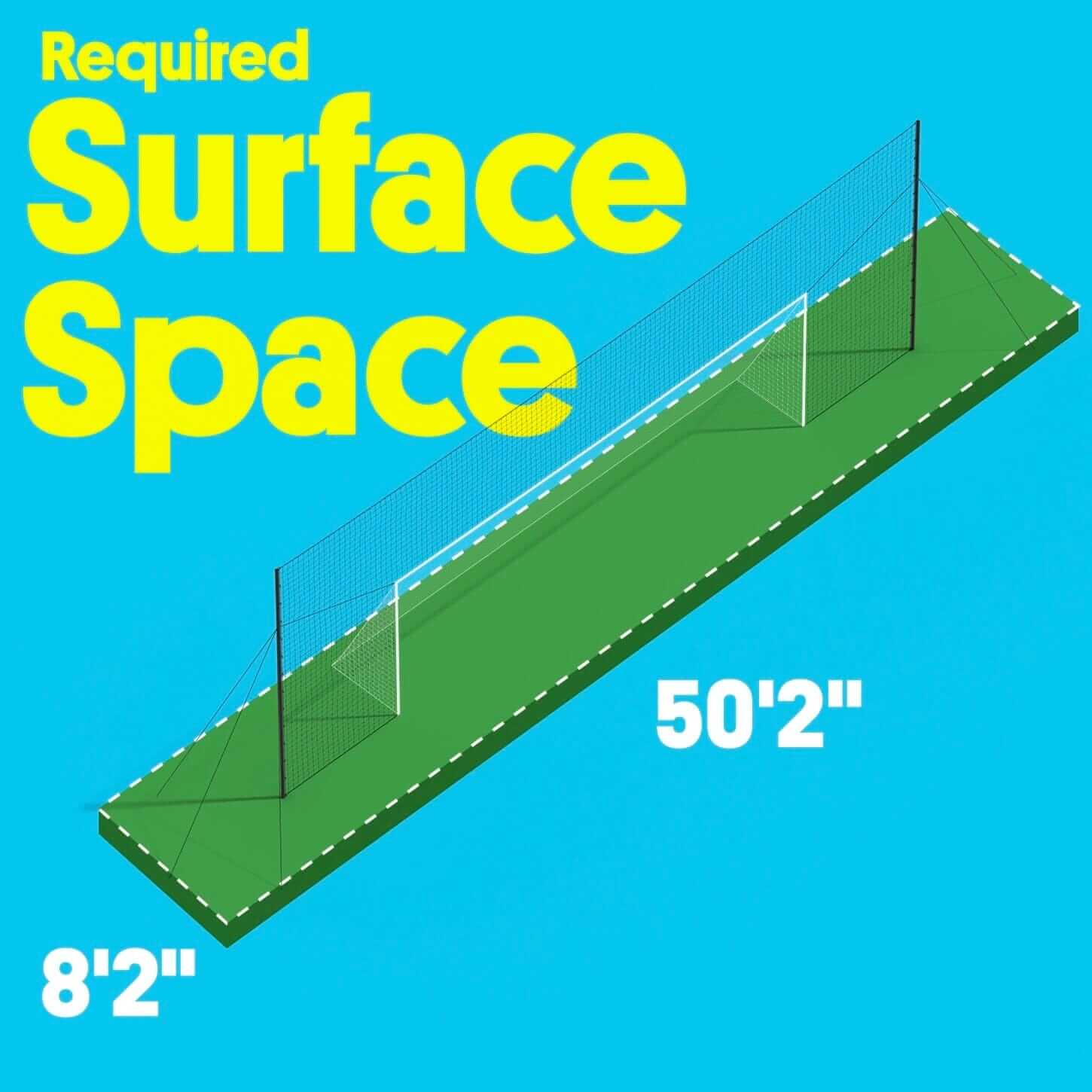Understanding youth soccer positions is important for anyone who hopes to be a successful coach.
Knowing the characteristics and traits of soccer players that play these positions is equally important.
It’s essential that you understand that you’re not excluding certain players from playing positions simply because they’re not “good enough” to play there, it’s just because their traits and characteristics better suit them elsewhere on the field.
Before We Start
Before we dive into each position, you’ll want to know that not all of these players will be present on a field at any given point. U10 soccer positions could be different because they don’t typically field 11 players at a time.
Some squads play without wings while others play with only two midfielders to make up for the wings on the edge.
Either way, this is simply a breakdown to help you teach soccer positions in youth soccer.
Soccer Position Diagram
Here’s a diagram to help you get your players set up in the correct position with the right spacing.

Goalkeeper
- Strong
- Powerful
- Vocal
- Aggressive
- Leader
Your goalkeeper cannot be the most timid player on your team. This athlete possesses a fearless personality because they’re not afraid to throw their body around and put themselves in front of the ball when it’s coming right at them.
This player should also possess leadership qualities because goalies are required to be vocal and run the field from time to time. They’ll tell wings and outside defenders where to go to ensure they’re in the right position to receive the ball after a shot on goal.
Goalkeepers should also be prepared to take a little mental and emotional abuse from time to time. This is a hard position to play because it’s impossible to blend in.
When a goalie misses a block, it’s easy to blame them when in reality, everyone else on the field was unable to stop the ball before it reached the goalie.
The goalkeeper is typically a larger, more powerful individual on your team but still needs to be able to quickly move laterally and pivot at any moment.
Defense
While the goalkeeper is part of your defense, they’re in a position all their own. On your actual field defense is your outside defenders, center defender, and center defensive midfield.

Right Defender / Left Defender (Fullback)
- Aggressive
- Controlled dribbling
- Good awareness
In a 9v9 or 7v7, these are your wings and they’ll serve as outside defenders and attackers. In the case of this example, they’re outside defenders only.
These two are the last line of defense on the outside to prevent a cross to the middle. They need to be very good one on one and unafraid to get after the ball and play aggressively.
Encourage younger age groups to move with the ball and practice dribbling up and down the edge of the pass.
Your right and left defenders should also have good awareness of what’s happening around them. This is especially true for U12 soccer positions and younger.

Center Defender
- Leader
- Disciplined
- Big and Strong
- Great passing skills
- Able to defend one on one
Your center defender is sometimes called a “stopper” and that pretty much sums up what this player needs to do. Generally the wings will receive the ball following a shot on the goal and their job will be to take it up field and eventually dump it off to the center defender.
This individual needs to be a leader, they need to be able to pass well, and they should be one of the largest people on the field.
When a cross comes from the corner, your center defender will be the main body near the goalie box to stop the ball from going in.
Central Defenders should be aggressive but not overly aggressive because they are the absolute last line of defense if an attacker breaks loose. They need to stay home, contain, and take on the attacker one on one.

Center Defensive Midfielder
- Disciplined
- Great passing skills
- Aggressive
Your central defensive midfielder is your “disrupter''.” Their job is to get in the way and wreak havoc before they can reach your defenders.
This position sits between the midfielders and defenders and should possess a lot of the qualities of each defensive position we’ve covered already. These are some of the best defensive athletes on the field.
The goal is for your center defensive midfielder to slow down the attacker, steal the ball, and get it out of the midfield to a wing or outside midfielder. This allows your defense to reset.
Midfield
Your midfielders are your endurance players. These are likely the most fit players on the field, they can handle running the entire game, and they are the strongest dribblers you have.
Midfielders have the best technique and the focus on the minor details of their fundamentals. Generally, your midfielders should be fast as well but if they have a high soccer IQ and are good at finding open players, their speed isn’t as important.

Center Midfielder / Central Midfielder
- Top level endurance
- Great dribbling skills
- High soccer IQ
- Aware of everything at all times
Your center midfielder is your lifeline. This is your bridge between the defense and offense and it’s the position that requires the most endurance on the field. Anyone who you put in this position should understand that they cannot let up.
This position requires a lot of movement in space as well without having a defender right at their feet. They should keep their eyes up at all times, always looking to create opportunities for a pass.
The center midfielder is given pretty much free reign on the field and can move anywhere on the opponent's side.

Right Midfielder (Forward) / Left Midfielder (Forward)
- Equal parts attacker and defender
- Great in space
- Not afraid to attack
- Good endurance
- Great awareness
In some cases of 9v9, this position is the same as the right and left defender. In this case, these are outside midfielders that serve as both attackers and defenders. They provide width on the field by allowing both defenders and attackers to clear the ball out of trouble and still have a teammate there to pick it up.
These players are great in clutch moments and they know when the circumstances call their name. They’re not afraid to attack in space and they should be equally as good at dribbling as they are at scoring.
Outside midfielders should possess a certain level of endurance because they do need to move laterally along the field and defend from time to time. They need to also be quick to get out of the corner and back to midfield if an opponent finds themselves in space.

Attacking Midfielder (Striker)
- Dangerous with the ball
- Fierce
- Fast in short bursts
- Great passer
- Very comfortable and confident
This is where the positions start to overlap more depending on the type of soccer formation you run and how many players you have. In 9v9, you will not have an attacking midfielder, you’ll simply have a forward or striker. For this example of 11v11, you would have a #10 position attacking midfielder after your center midfielder.
These are the most aggressive players on your team, they’re very good with the ball, they’re creative, and they’re always looking to take an open shot.
The best attacking midfielder is the kind of player who isn’t afraid to charge through the defense and they’re also aggressive enough to go after the ball even if it means they have to go a distance to get to it.
The attacker knows how to stay out of the way of those around them but they’re always in the right spot ready to receive a crossing pass and take an open shot.
Confidence can go a long way in this position so it’s not even about putting your best player here, it’s about using the player who is most comfortable when they have the ball at their feet.
Forwards and Strikers
We’ve talked about this a little but your forwards and strikers are the most confident players on your team, they like being the center of attention, and they’re fast and aggressive with the ball.

Wings
- Comfortable and confident with the ball
- Great in space
- Best passer on the field
Your wings can be midfielders, forwards, or defenders depending on how the formation is set. No matter what formation you’re running, this is a perimeter position that plays close to the sideline and is there to attack the goal or make crosses to the center so a striker can take a shot on the goal.
Players in this position should be great in space because they’ll have a lot of it but they should be your best passers because they’ll need to drop pinpoint passes into the middle of the field to prepare the forwards for a shot.

Center Forward / Center Back
- Leader
- Best scorer on the team
- Confident
- Aggressive between defenders
The center forward is the closest position to the opponents goal and they should be the best shooter on your team. These players are mobile, agile, and quick to move between defenders making them exceptionally difficult to defend.
Confidence comes into play again with this position because the athlete here cannot be too timid to take a shot on the goal when an opportunity comes around. The center forward has a good sports acumen and serves as a leader on the field.

Making Use of the OPEN GOAAAL® Soccer 3-in-1 Trainer
Having the right equipment is the key to making the most out of your practices. Things like pinnies and cones are obvious but how much time is spent wasted retrieving the ball when it goes around the goal?
The Open Goaaal 3-in-1 trainer is a goal, rebounder, and backstop in one. It’ll stop the ball from going outside of the field which increases playing time and allows you to focus more attention on coaching youth soccer positions.
How to Coach and Teach Soccer Positions
As players progress, the role they play in their position becomes more important. It becomes less about chasing after the ball and getting involved and more about playing your position, using your strengths, and staying where you belong.
There are some things you as the coach can do to help from warm ups to gametime situations.
1. Keep Your Best Players at Centerfield
If your team controls the center of the field, you dramatically increase your chances of winning. The reason is because you can’t score from the wing so it’s more sensible to put “weaker” players at the winger position but save the best on your team for the center.
2. The Toughest Athletes Go On Defense
Tough and “good” are two different things. You want to make sure your center defender is the toughest athlete on the field because they’re the most important line of defense to prevent the other team from breaking through.
They don’t have to be the fastest or most technically skilled players, they just need to be unafraid to get in the way and break up a play.
3. Instill Confidence During Warm Ups
Get your attackers together and treat them as a separate entity from the rest of the team. This is your scoring offense and they can make or break a game. It’s easier to get a defense to hold up than it is to put an offense together that can score.
Final Thoughts
Understanding the characteristics and qualities of youth soccer positions is not only beneficial for the team but for the player as well.
None of this information is intended to exclude players and it’s your job to give each athlete an opportunity to shine in different positions.
The goal is to maximize on the qualities a player possesses to prepare them for future playing time in the position that makes the most sense for their skillset. By doing that, you’re not only making decisions that benefit the whole team but you’re making choices that will help propel that player in the right direction and give them the best chance to succeed.


